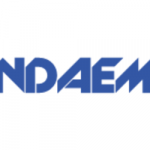Quantum News Briefs August 16: Telos suggests using network obfuscation to keep critical assets quantum-safe now and quantum-ready for tomorrow’s threats followed by LANL research finds quantum annealing can best classical computing in limited cases & MORE
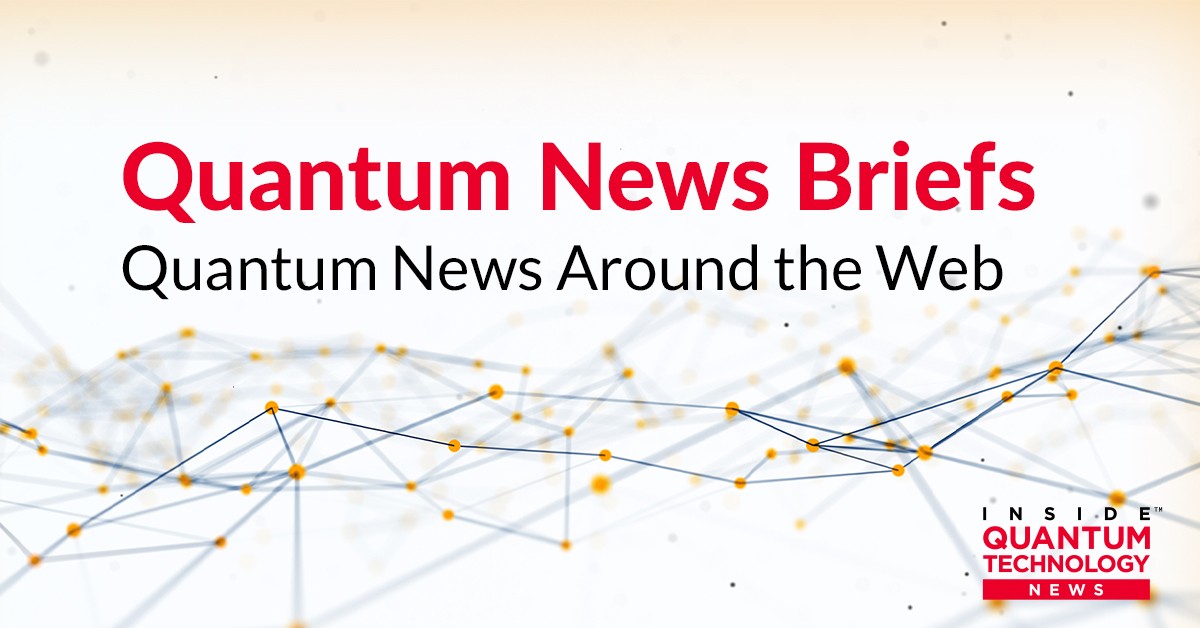
Quantum News Briefs today opens with the use of network obfuscation to keep critical assets quantum-safe now and quantum-ready for tomorrow’s threats followed by LANL research findings that quantum annealing can beat classical computing in limited cases. Purdue’s successful use of electronic spin qubits may presage numerous future applications and MORE.
*****
Network Obfuscation One Potential Solution to Keep Critical Assets Quantum-Safe Now and Quantum-Ready for Tomorrow
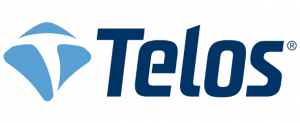 Diem Shin, product marketing lead, Telos Corporation, recently wrote in SCMedia about applying “network obfuscation” to keep a company’s critical assets and encryption algorithms quantum-safe now, and quantum-ready for tomorrow’s threats. Quantum News Briefs summarizes here.
Diem Shin, product marketing lead, Telos Corporation, recently wrote in SCMedia about applying “network obfuscation” to keep a company’s critical assets and encryption algorithms quantum-safe now, and quantum-ready for tomorrow’s threats. Quantum News Briefs summarizes here.
To mitigate the threat from hackers, organizations need to level-up their data security now. Yes, organizations should invest in “quantum-safe” encryption solutions. However, security-focused organizations need to understand that advances in quantum technologies will eventually produce the next generation of computing that could potentially break the “quantum-safe” encryption algorithms.
NOTE: IQT Quantum Cybersecurity, “The World’s Quantum Cybersecurity Event”, in NYC Oct 25-27
Security-forward organizations understand this dilemma and are seeking solutions that prevent critical digital resources from being exfiltrated in the first place. Security teams are looking to network obfuscation as one potential solution.
With network obfuscation, critical resources are hidden from the public internet and not visible even within the enterprise network environment. Sensitive assets such as vital health records, confidential IP research, business applications, and even encryption algorithms are cordoned off in an “invisible vault” that keeps unauthorized users from even knowing they exist. Click for original article.
*****
LANL Research Finds Quantum Annealing Can Beat Classical Computing in Limited Cases
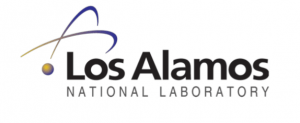 Recent research proves that under certain conditions, quantum annealing computers can run algorithms—including the well-known Shor’s algorithm—more quickly than classical computers. In most cases, however, quantum annealing does not provide a speed-up compared to classical computing when time is limited, according to a study in Nature Communications.
Recent research proves that under certain conditions, quantum annealing computers can run algorithms—including the well-known Shor’s algorithm—more quickly than classical computers. In most cases, however, quantum annealing does not provide a speed-up compared to classical computing when time is limited, according to a study in Nature Communications.
“We proved that you can be sure you will reach a fast solution from the initial problem, but that’s only true for a certain class of problems that can be set up so that the many histories of evolution of the quantum system interfere constructively. Then the different quantum histories enhance each other’s probability to reach the solution,” said Nikolai Sinitsyn, a theoretical quantum physicist at Los Alamos National Laboratory and coauthor of the paper with his Los Alamos colleague Bin Yan.
While examples of superior quantum performance in quantum annealing simulations are routinely reported, they lack definite proof. Sometimes researchers infer that they have achieved quantum advantage, but they cannot prove that this superiority is over any competing classical algorithm, Sinitsyn said.
*****
Purdue Researchers Use Electronic Spin Qubits as Atomic-Scale Sensors; Method May Have Different Applications
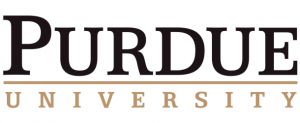 A research team from Purdue University has used electron spin qubits as atomic-scale sensors, and also to effect the first experimental control of nuclear spin qubits in ultrathin hexagonal boron nitride. These researchers have opened a new frontier in quantum science and technology by using photons and electron spin qubits to control nuclear spins in a two-dimensional material. This will enable applications like atomic-scale nuclear magnetic resonance spectroscopy and the ability to read and write quantum information with nuclear spins in 2D materials. This method can have many different applications in quantum memory, quantum sensing, and quantum simulation over the long-term.
A research team from Purdue University has used electron spin qubits as atomic-scale sensors, and also to effect the first experimental control of nuclear spin qubits in ultrathin hexagonal boron nitride. These researchers have opened a new frontier in quantum science and technology by using photons and electron spin qubits to control nuclear spins in a two-dimensional material. This will enable applications like atomic-scale nuclear magnetic resonance spectroscopy and the ability to read and write quantum information with nuclear spins in 2D materials. This method can have many different applications in quantum memory, quantum sensing, and quantum simulation over the long-term.
As published in Nature Materials, the research team from Purdue University used electron spin qubits as atomic-scale sensors, and also to effect the first experimental control of nuclear spin qubits in ultrathin hexagonal boron nitride.
“This is the first work showing optical initialization and coherent control of nuclear spins in 2D materials,” said corresponding author Tongcang Li, a Purdue associate professor of physics and astronomy and electrical and computer engineering, and member of the Purdue Quantum Science and Engineering Institute.
“Now we can use light to initialize nuclear spins and with that control, we can write and read quantum information with nuclear spins in 2D materials. This method can have many different applications in quantum memory, quantum sensing, and quantum simulation.” See original announcement in Science Daily.
*****
Q-CTRL’s Quantum Sensor Applications
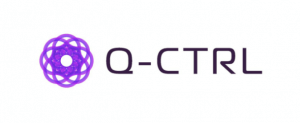 Q-CTRL, a developer of quantum technologies through quantum control infrastructure software, has launched a quantum sensing division, which it says is one of the largest in the world. The company is developing a new generation of ultrasensitive, software-defined quantum sensors for use in measuring gravity, motion and magnetic fields. Q-CTRL says the new devices can have real-world impact in defence, PNT (positioning, navigation, and timing), minerals exploration, magnetic anomaly detection, persistent earth observation for climate monitoring, long-term weather forecasting and space exploration. Quantum News Briefs summarizes SpatialSource’s August 15 coverage of the applications.
Q-CTRL, a developer of quantum technologies through quantum control infrastructure software, has launched a quantum sensing division, which it says is one of the largest in the world. The company is developing a new generation of ultrasensitive, software-defined quantum sensors for use in measuring gravity, motion and magnetic fields. Q-CTRL says the new devices can have real-world impact in defence, PNT (positioning, navigation, and timing), minerals exploration, magnetic anomaly detection, persistent earth observation for climate monitoring, long-term weather forecasting and space exploration. Quantum News Briefs summarizes SpatialSource’s August 15 coverage of the applications.
Application examples include:
- Measuring gravity via quantum sensing, which might provide new insights into how water is moving underground and how ocean currents are changing over time
- Space-based quantum gravimeters, which might prove to be the essential technology to help predict and prevent drought or the impacts of mining activity on water and agriculture
- Quantum sensors that can navigate without GPS, detect underground hardened structures, submarines or hidden weapons systems.
Related on IQT-News: Q-CTRL unveils quantum sensing division, sees near-term revenue opportunities
The Army QTC is part of the more than $60m of publicly disclosed quantum sensing contracts awarded to Q-CTRL’s sensing team and its partners over the last 18 months. This includes a project with Advanced Navigation on hybrid classical-quantum inertial navigation, and both Modern Manufacturing Initiative (MMI) and CRC-P contracts developing space-qualified quantum sensors.
Q-CTRL says its dedicated sensing team has expanded to 15 members in just over a year. The Division is led by Dr Russell Anderson, who left his academic professorial position to become Q-CTRL’s Head of Quantum Sensing. The company says its team has attracted global experts from Australia, the UK and Europe with specialised experience and track records in building ultrasensitive atomic devices, using quantum control to augment the performance of quantum sensors, and building detailed quantum digital twins for hardware to simulate end-to-end performance in real environments.
*****
Sandra K. Helsel, Ph.D. has been researching and reporting on frontier technologies since 1990. She has her Ph.D. from the University of Arizona.





















